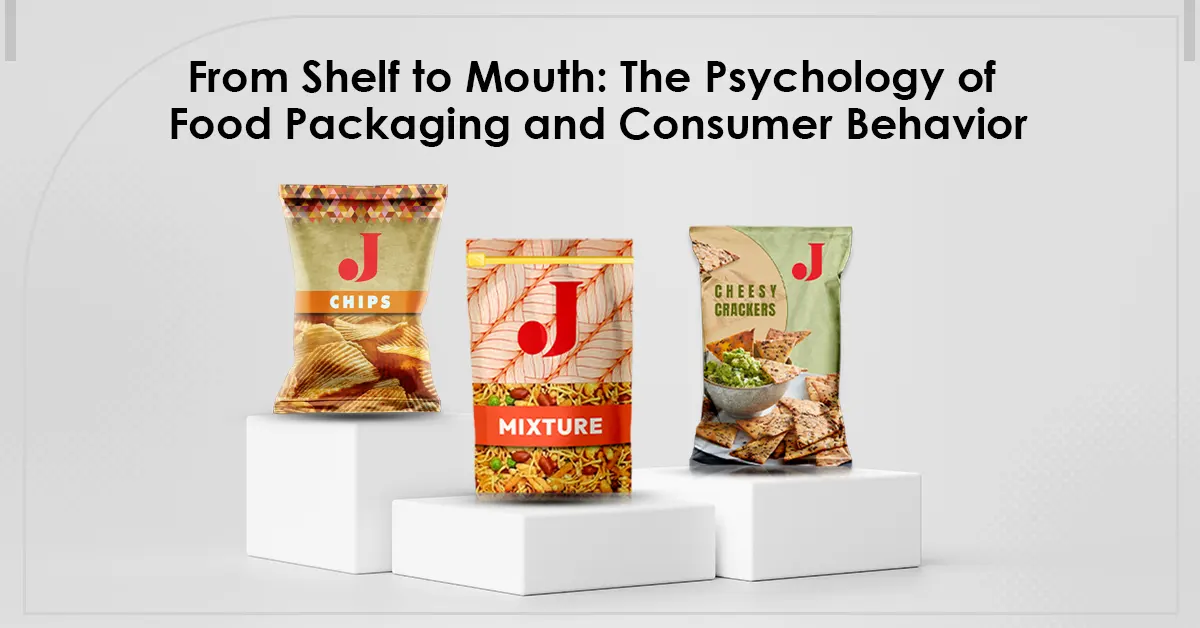In the bustling aisles of supermarkets, our eyes are drawn to an array of enticing packages, each vying for our attention. Beyond the colorful designs and bold fonts lies a realm where psychology and consumer behavior intersect – the world of food packaging. In this article, we will delve into the intricate dance between packaging design, consumer psychology and the evolution of the food packaging industry.
The first point of contact between a consumer and a product is often the packaging. As a food packaging company, the challenge is not just to contain and protect the contents but to captivate the consumer’s interest and influence their decision-making process. This is where the psychology of packaging comes into play.
Flexible packaging, especially multilayer flexible packaging, has become increasingly popular in the food packaging industry. The versatility of flexible packaging allows for creative and eye-catching designs while providing practical benefits such as extended shelf life, easy storage and reduced environmental impact. The flexibility of these materials also resonates with the modern consumer’s on-the-go lifestyle, offering convenience without compromising on freshness.
One aspect of consumer behavior that packaging directly influences is the perception of product quality. Studies have shown that consumers often associate well-designed, sturdy packaging with higher-quality products. This correlation is essential for food packaging companies aiming to establish their products as premium or gourmet options. The tactile experience of handling a well-crafted package can elevate the overall perception of the product and increase its desirability.
The information displayed on packaging plays a pivotal role in shaping consumer decisions. As consumers become more health-conscious, they scrutinize labels for nutritional information, ingredient lists and certifications. A food packaging company that transparently communicates this information not only meets regulatory requirements but also builds trust with consumers. Clear and concise messaging on the packaging helps consumers make informed choices, aligning their preferences with the product’s attributes.
In recent years, sustainability has emerged as a key consideration in consumer choices. Eco-friendly packaging options have gained traction as consumers seek products that align with their environmental values. Flexible packaging companies have responded by incorporating recyclable materials, reducing packaging waste and exploring innovative, sustainable packaging solutions. Brands that champion sustainability not only attract environmentally conscious consumers but also contribute to a positive brand image.
Consumer behavior is dynamic, influenced by societal trends, cultural shifts and technological advancements. In the age of social media, aesthetically pleasing and Instagram-worthy packaging has become a powerful marketing tool. Consumers share their experiences with visually appealing packages, creating a ripple effect that amplifies brand visibility.
Successful food packaging companies understand the importance of striking a balance between aesthetics and practicality, leveraging consumer psychology to create packaging that not only protects the product but also tells a compelling story.
As the food packaging industry continues to evolve, staying attuned to consumer preferences and adopting innovative packaging solutions will be key to standing out on the crowded shelves, ensuring a seamless journey from shelf to mouth for the modern consumer. We at Jupiter Laminators, delighting our clients with high-quality and multilayer flexible packaging solutions.

